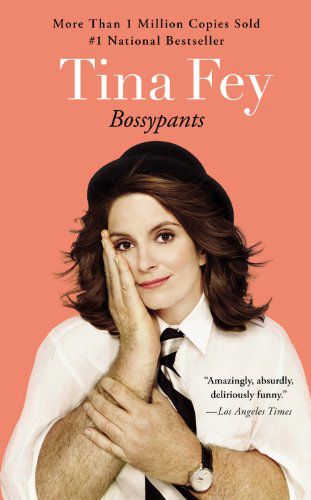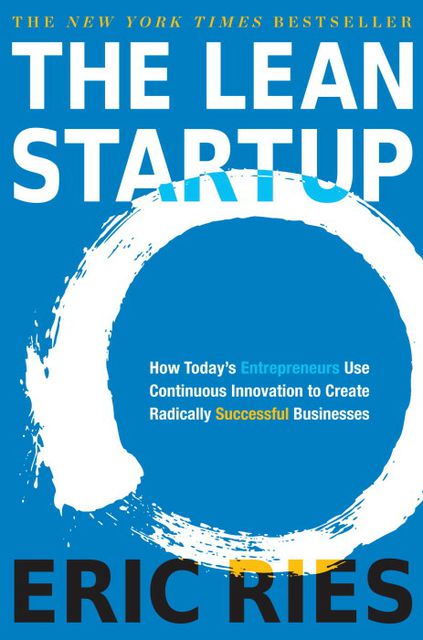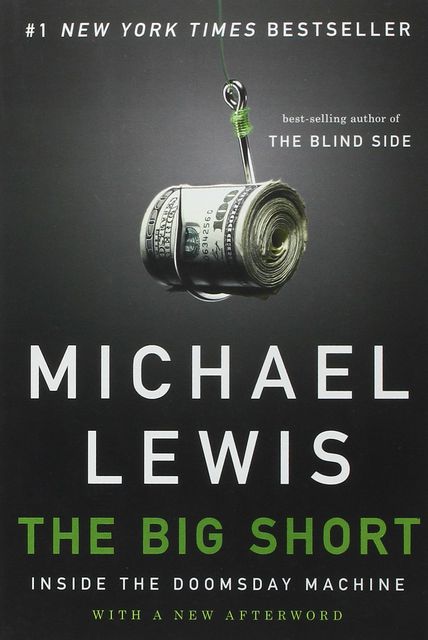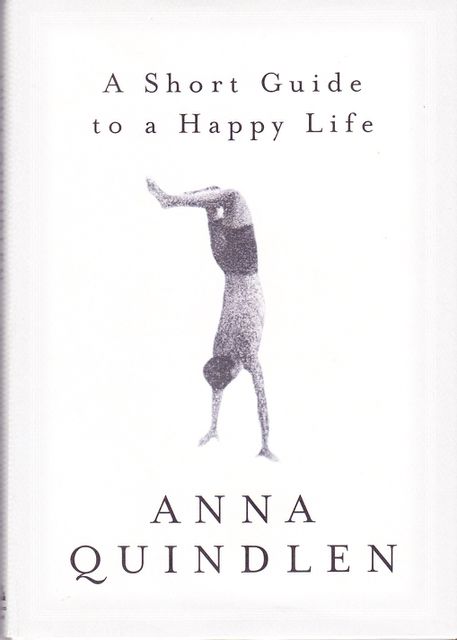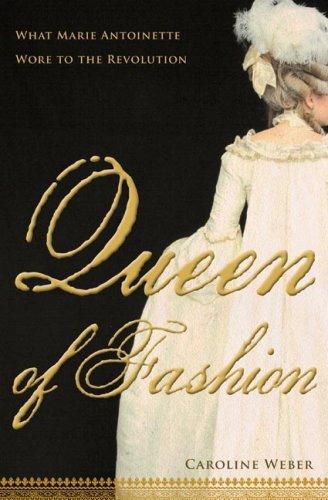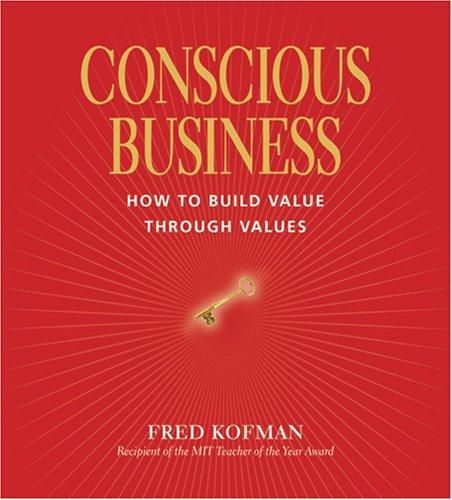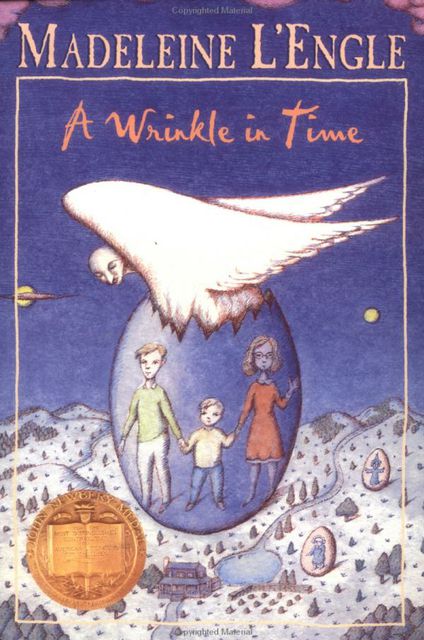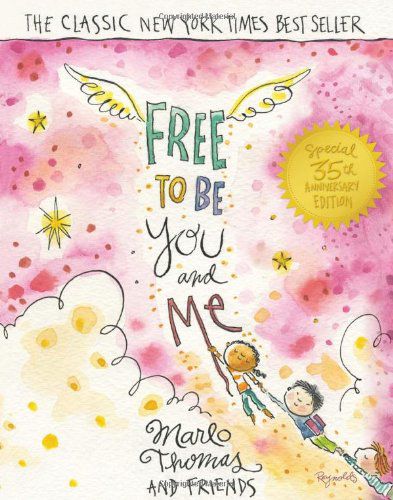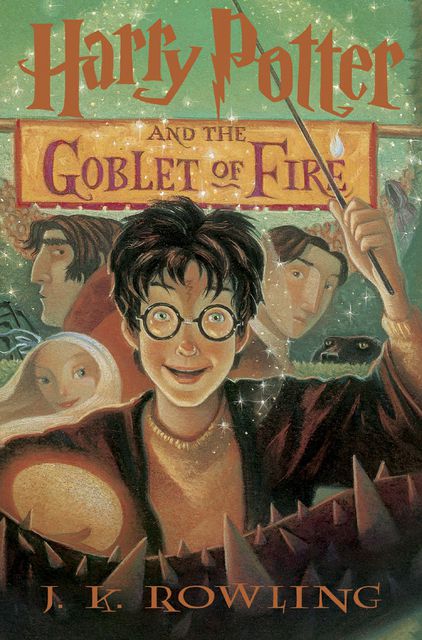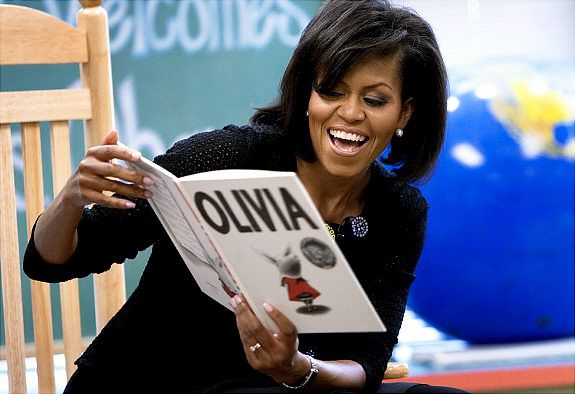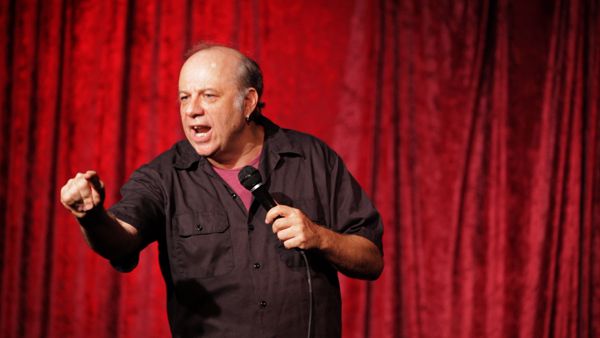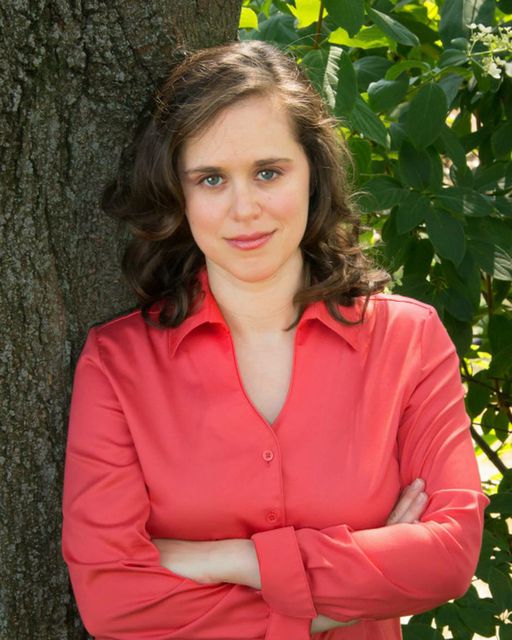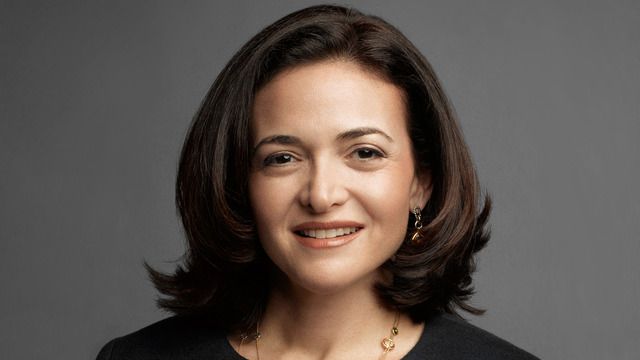
Sheryl Sandberg
I probably shouldn’t admit this since I work in the tech industry, but I still prefer reading paper books. (In “Lean In,” I also admit that I carry a notebook and pen around to keep track of my to-do list, which, at Facebook, is like carrying around a stone tablet and chisel.) I travel with an iPad, but at home I like holding a book open and being able to leaf through it, highlight with a real yellow pen and dog-ear important pages. After I finish a book, I’ll often look to see how many page corners are turned down as one gauge of how much I liked it. I also still read newspapers and magazines the old-fashioned way; I tried the Kindle app for the iPad on the elliptical, but when you get sweaty, you can’t turn the pages.
Sheryl Kara Sandberg is an American technology executive, activist, and author. She is the Chief Operating Officer of Facebook. In June 2012, she was elected to the board of directors by the existing board members, becoming the first woman to serve on Facebook's board. Before she joined Facebook as its COO, Sandberg was Vice President of Global Online Sales and Operations at Google and was involved in launching Google's philanthropic arm Google.org. Before Google, Sandberg served as chief of staff for the United States Secretary of the Treasury.
